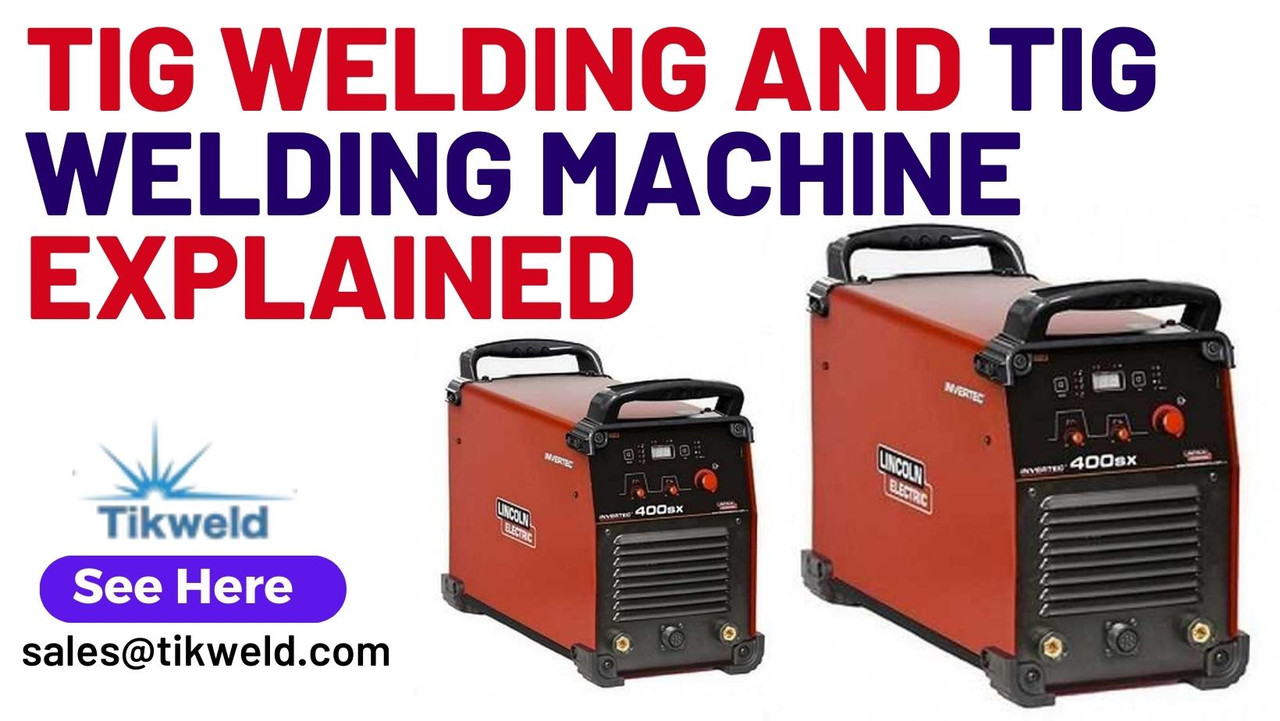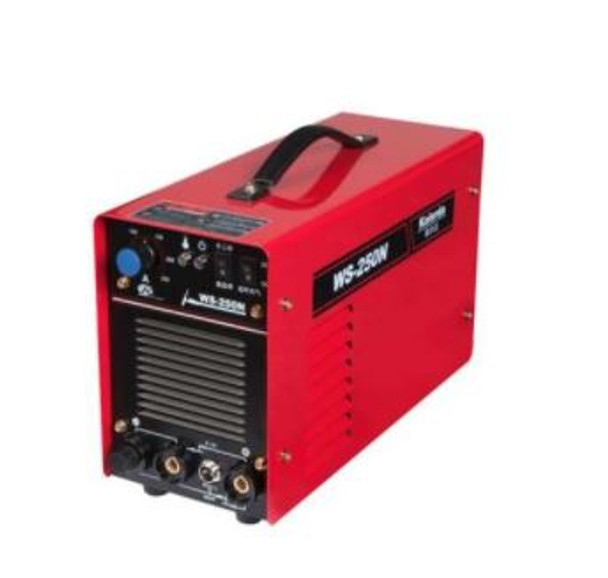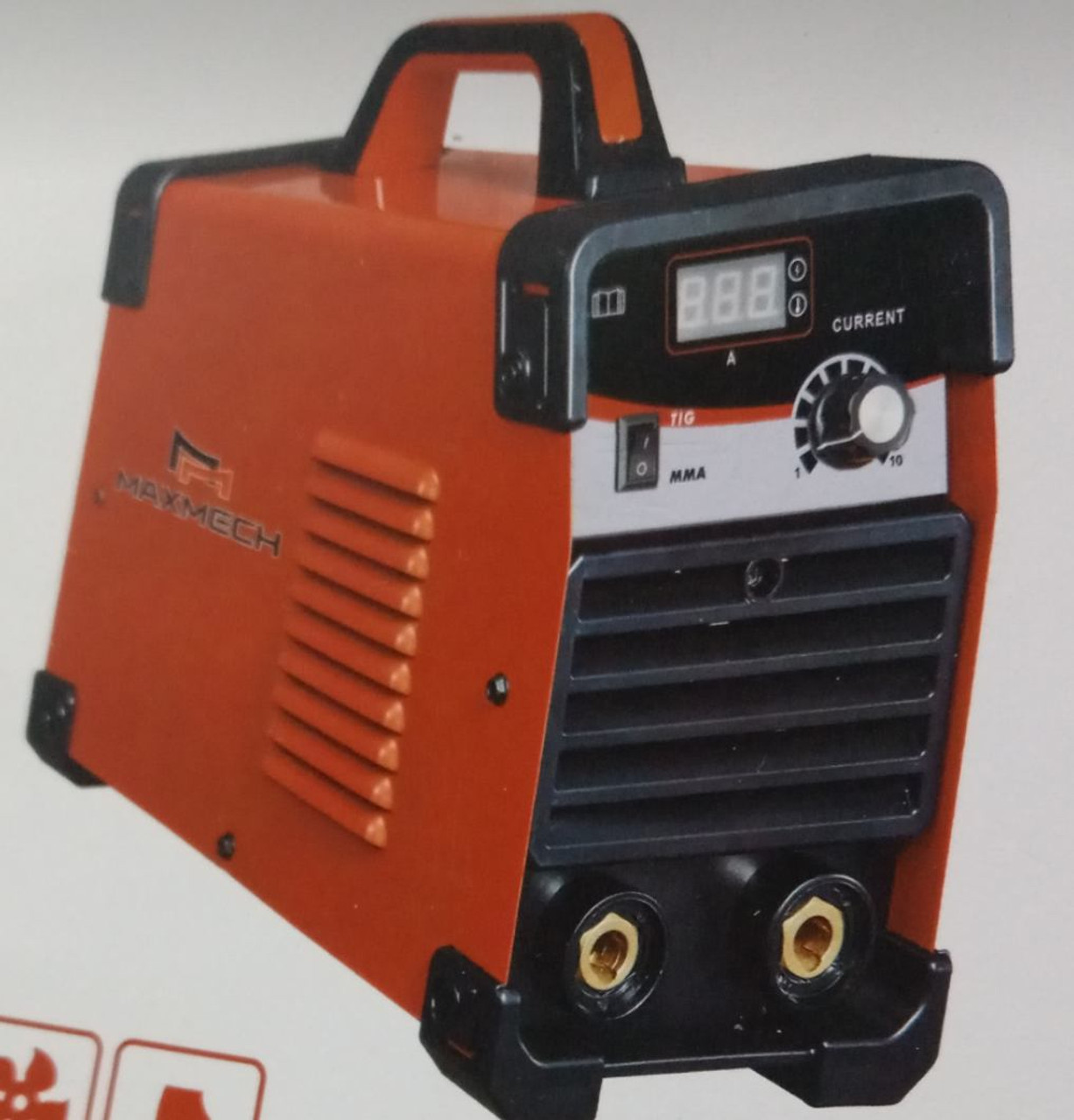A Comprehensive Guide to TIG Welding and TIG Welding Machines
TIG Welding and Tig welding machine Explained
TIG welding, short for Tungsten Inert Gas welding, stands out as a precision welding process known for its exceptional quality and versatility. Central to this welding technique are TIG welding machines, which play a pivotal role in achieving clean and precise welds. These machines facilitate the fusion of metals using a non-consumable tungsten electrode and an inert shielding gas, ensuring a controlled and immaculate welding experience.
A. Brief Overview of TIG (Tungsten Inert Gas) Welding
TIG welding involves joining metals through the controlled application of heat generated by an electric arc. This arc forms between the tungsten electrode and the workpiece, while an inert gas shield protects the weld area from atmospheric contaminants. The result is a high-quality, strong, and clean weld with minimal spatter and distortion. TIG welding is favored for its ability to work with various metals, including stainless steel, aluminum, and copper alloys.
Kaierda Tig Welding machine 250
B. Importance of TIG Welding Machines in the Welding Process
TIG welding machines are the cornerstone of the TIG welding process. They provide the necessary power and control to initiate and maintain the welding arc. With precise current and voltage settings, these machines ensure consistent penetration and heat input, crucial for achieving welds of exceptional integrity. From hobbyists to industrial professionals, TIG welding machines are indispensable tools for producing intricate and robust welds.
Are you considering diving into the world of TIG welding? Our comprehensive guide on selecting the ideal TIG welding machine [Link: tikweld.com/guide-choosing-tig-welding-machine] will help you navigate the options, making an informed choice that aligns with your welding goals and projects.
Maxmech Inverter Welding Machine TIG/MMA 400
II. Understanding the TIG Welding Process
A. Explanation of the TIG Welding Process Steps
- Preparing the Workpiece and Materials: Proper cleaning and preparation of the workpiece are essential for successful TIG welding. Removing rust, dirt, and contaminants ensures optimal fusion and weld quality.
- Setting Up the TIG Welding Machine: Precise machine setup involves selecting the appropriate tungsten electrode, adjusting the gas flow rate, and configuring the current and voltage settings based on the material thickness and type.
- Initiating the Arc and Melting the Tungsten Electrode: An electric arc is formed between the tungsten electrode and the workpiece by activating the welding torch. The heat generated melts the electrode's tip, creating a pool of molten metal.
- Adding Filler Material and Controlling the Welding Pool: Filler material is manually added to the molten pool as needed. The welder precisely controls the filler material and welding pool, ensuring uniform deposition and proper fusion.
- Advantages of TIG Welding Precision and Control: TIG welding offers unparalleled precision, making it suitable for applications where aesthetics and precision are paramount. The controlled heat input minimizes distortion and ensures strong, visually appealing welds.
B. Link to a Detailed Guide on TIG Welding Techniques
For a deeper dive into the various techniques and nuances of TIG welding, our detailed guide [Link: tikweld.com/tig-welding-techniques] offers insights, tips, and strategies to enhance your TIG welding skills and expertise.
Powered by advanced TIG welding machines, TIG welding is a pinnacle of welding craftsmanship. By mastering the TIG welding process and understanding the role of these machines, welders can achieve remarkable results that meet the highest standards of quality and precision.
Unveiling the Components, Advantages, and Applications of TIG Welding Machines
III. Components of a TIG Welding Machine
TIG welding machines are intricate systems that orchestrate the fusion of metals with precision and finesse. These machines consist of several key components, each vital in ensuring successful welds.
A. Breakdown of Essential Components in a TIG Welding Machine
- Power Source and Controls: The power source provides the necessary electrical energy to initiate and maintain the welding arc. Precise controls allow welders to adjust current, voltage, and other parameters for optimal performance.
- Tungsten Electrode and Torch: The non-consumable tungsten electrode is central to the TIG welding process. The torch, housing the electrode, produces the electric arc and guides it over the workpiece.
- Shielding Gas System: Inert gases like argon or helium are crucial for shielding the welding area from atmospheric contaminants. The shielding gas ensures a clean weld by preventing oxidation and contamination.
- Filler Material Supply: While optional, the ability to introduce filler material into the welding pool enhances weld strength and integrity. The filler material supply mechanism varies based on the specific welding setup.
- Cooling System: TIG welding generates heat, impacting both the workpiece and the welding equipment. A cooling system prevents overheating and ensures consistent performance.
B. Link to a Comprehensive Explanation of TIG Welding Machine Components
For an in-depth exploration of the components of a TIG welding machine, delve into our comprehensive guide [Link: tikweld.com/tig-welding-machine-components] that unveils these intricate systems' inner workings and functions.
Kaierda Tig Welding machine WS400N
IV. Advantages of Using TIG Welding Machines
TIG welding machines offer many advantages, making them a preferred choice for discerning welders seeking impeccable results.
A. High-Quality Welds and Clean Finishes: TIG welding produces welds of exceptional quality, characterized by their cleanliness, strength, and aesthetic appeal.
B. Suitable for Various Materials, Including Metals and Alloys: TIG welding's versatility extends to a wide range of metals, from stainless steel to aluminum and exotic alloys.
C. Minimal Spatter and Fumes: Unlike some other welding processes, TIG welding generates minimal spatter and fumes, contributing to a safer and more comfortable working environment.
D. Precise Control Over Heat Input: TIG welding provides meticulous control over the heat input, minimizing the risk of distortion and ensuring consistent, controlled fusion.

Inverter DC TIG/MMA welding machine Kaierda Welder WS250
V. Common Applications of TIG Welding
A. Aerospace and Aviation Industry: TIG welding's precision and integrity make it indispensable for critical aerospace components.
B. Automotive Fabrication and Restoration: TIG welding is a go-to choice for restoring classic cars and fabricating intricate automotive parts.
C. Food and Beverage Industry Equipment: The hygiene requirements of this industry align perfectly with TIG welding's clean and contamination-free process.
D. Artistic and Decorative Metalwork: TIG welding's ability to produce intricate and flawless welds lends itself well to artistic and decorative metalwork.
TIG welding machines fuse expertise, precision, and technology, yielding remarkable welds that meet the highest standards across various industries and applications.
Maxmech Inverter Welding Machine MMA - 200
Mastering TIG Welding: Maintenance, Safety, and Quality Welds
Maintenance and Safety Tips for TIG Welding Machines
TIG welding machines are the backbone of precision welding, ensuring clean, strong, and intricate welds. Following proper maintenance and safety protocols is essential to harness their full potential and ensure safe operations.
A. Regular Maintenance Routines for Optimal Performance
Regular maintenance is vital to extending the lifespan and performance of your TIG welding machine. Tasks like cleaning components, inspecting cables, and checking gas flow rates should be part of your routine. Ensuring that cooling systems are functional helps prevent overheating during extended use.
B. Safety Precautions When Using TIG Welding Machines
Prioritizing safety is non-negotiable in welding. Always wear appropriate personal protective equipment (PPE) such as helmets, gloves, and protective clothing. Ensure proper ventilation to dissipate fumes and maintain a clear line of sight. Inspect your workspace for potential hazards before beginning any welding operation.
C. Proper Storage and Handling of Equipment
Store your TIG welding machine and accessories in a clean, dry environment when not in use. Protect cables from damage, and cover sensitive components to prevent dust accumulation. Regularly inspect and maintain your welding machine to identify any issues before they become major problems.
D. Link to a Safety Guide for Welding Operations
For a comprehensive guide on welding safety, including tips and precautions for TIG welding, refer to our Work safety procedures and guide that ensures your welding journey is productive and secure.
VII. Conclusion
A. Recap of the Importance of TIG Welding Machines in Achieving High-Quality Welds. TIG welding machines are the artisans' tools that create welds of unparalleled quality. Their precision, versatility, and control allow for welding applications where aesthetics and strength are paramount.
Are you ready to venture into the world of TIG welding? Explore the realm of precision and artistry. Discover how Tikweld's products and services in Nigeria can elevate your welding experience. Contact us at sales@tikweld.com to learn more about our top-notch welding solutions tailored to your needs.
In summary, welders can create exceptional results that testify to their expertise by following proper maintenance, adhering to safety guidelines, and appreciating the importance of TIG welding machines.
Frequently Asked Questions
Q1 What is the biggest danger when welding?
The most immediate and dangerous risk for a welder is electrocution. Abrupt electrical discharge into the human body can result in fatalities or major injuries. By taking these simple safety measures, the risk of electrocution during welding can be reduced.
Q2 What is the dress code for welding?
Put on long sleeves and slacks. Wear a cloth head covering to shield your scalp from UV rays. Wearing a hood will protect the back of your head. Wear a tight-fitting, opaque welder's helmet to shield your face from UV rays.
Q3 What is PPE in welding?
Welding PPE: What Is It? The personal protective equipment, or PPE, that welders wear is a collection of safety gear. They are meant to shield workers from potential damage while they perform their duties, hence they must be worn during operations.
Related Articles
How to Choose the Best Arc Welding Machine
12 essential welding equipment for fabrication work
An Overview of Different Types of Arc Welding Machines










